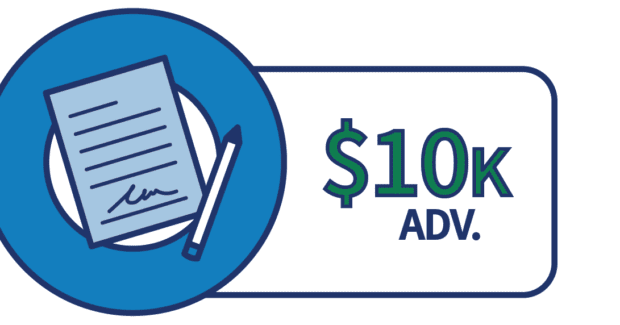Where to Find Federal Funds to Buoy Your Small Business
Until the light emerges at the end of the COVID-19 tunnel, SBA funding options may give small manufacturers the financial life rafts they need to weather the storm. Additionally, the federal government addresses 8 common challenges small businesses may be wrestling with.
Posted: April 9, 2020
While President Trump’s Coronavirus Guidelines for America is focused on slowing the spread to keep citizens safe, the March 27 CARES Act is harnessing billions in Small Business Administration (SBA) loan and funding options to tend to the health – and actual survival – of manufacturing companies that employ 500 or fewer.
New temporary SBA funding programs to assist businesses through the COVID-190 outbreak include:
Paycheck Protection Program: A loan program with loan forgiveness for retaining employees by temporarily expanding the traditional SBA 7(a) loan program.
EIDL Loan Advance: A loan advance that provides up to $10,000 of economic relief to businesses experiencing temporary difficulties.
SBA Express Bridge Loans: Enables small businesses that have a business relationship with an SBA Express Lender to access up to $25,000 quickly.
SBA Debt Relief: A financial reprieve to small businesses where the SBA will automatically pay the principal, interest, and fees of current 7(a), 504, and microloans for a period of six months. The SBA will also automatically pay the principal, interest, and fees of new 7(a), 504, and microloans issued prior to September 27, 2020.
Following are eight common issues that small businesses are likely to encounter during the pandemic along with federal government recommendations.
Capital Access – Incidents can strain a small business’s financial capacity to make payroll, maintain inventory and respond to market fluctuations (both sudden drops and surges in demand). Businesses should prepare by exploring and testing their capital access options so they have what they need when they need it. See SBA’s capital access resources.
Workforce Capacity – Incidents have just as much impact on your workers as they do your clientele. It’s critical to ensure they have the ability to fulfill their duties while protected.
Inventory and Supply Chain Shortfalls – While the possibility could be remote, it is a prudent preparedness measure to ensure you have either adequate supplies of inventory for a sustained period and/or diversify your distributor sources in the event one supplier cannot meet an order request.
Facility Remediation/Clean-up Costs – Depending on the incident, there may be a need to enhance the protection of customers and staff by increasing the frequency and intensity by which your business conducts cleaning of surfaces frequently touched by occupants and visitors. Check your maintenance contracts and supplies of cleaning materials to ensure they can meet increases in demand.
Insurance Coverage Issues – Many businesses have business interruption insurance; now is the time to contact your insurance agent to review your policy to understand precisely what you are and are not covered for in the event of an extended incident.
Changing Market Demand – Depending on the incident, there may be access controls or movement restrictions established which can impede your customers from reaching your business. Additionally, there may be public concerns about public exposure to an incident and they may decide not to go to your business out of concern of exposing themselves to greater risk. SBA’s Resources Partners and District Offices have trained experts who can help you craft a plan specific to your situation to help navigate any rapid changes in demand.
Marketing – It’s critical to communicate openly with your customers about the status of your operations, what protective measures you’ve implemented, and how they (as customers) will be protected when they visit your business. Promotions may also help incentivize customers who may be reluctant to patronize your business.
Plan – As a business, bring your staff together and prepare a plan for what you will do if the incident worsens or improves. It’s also helpful to conduct a tabletop exercise to simulate potential scenarios and how your business management and staff might respond to the hypothetical scenario in the exercise. For examples of tabletop exercises, visit FEMA’s website at: https://www.fema.gov/emergency-planning-exercises
American Logistics Aid Network is closely monitoring information regarding COVID-19 and its impact on supply chains – manufacturers and suppliers can access links at the above link for current situation updates, logistics and supply chain information, non-profit and first responder information, and personal/personnel safety.










